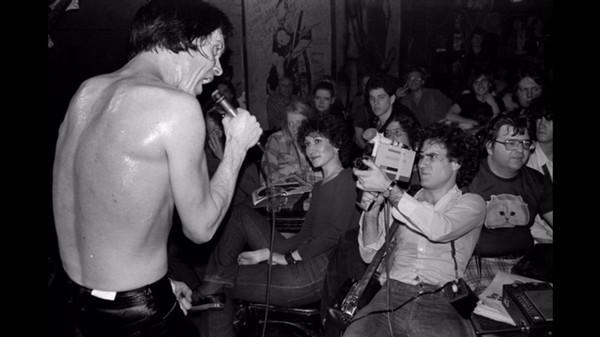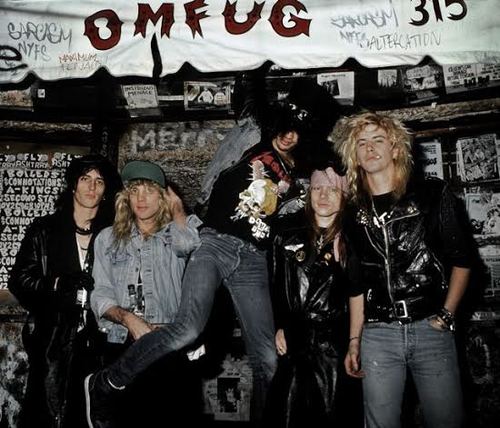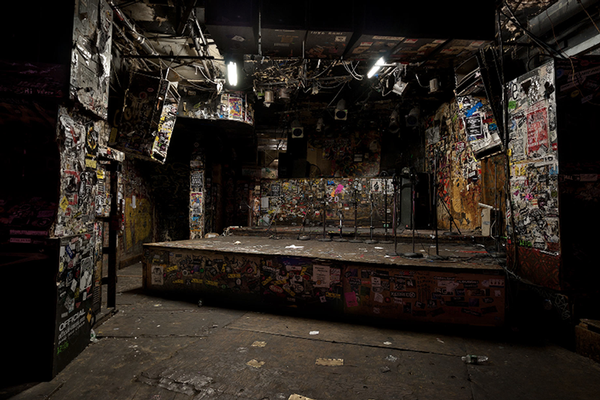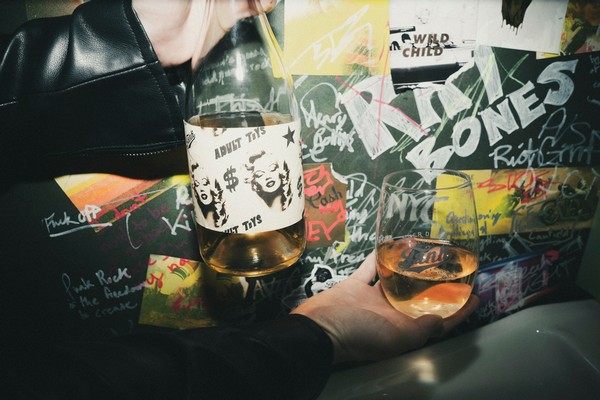The History of Punk Rock's American Sanctuary
For the release of this year's Rosé, Adult Toys, we were inspired by the aesthetic of 70s and 80s Punk Rock concert posters and flyers, and the spirit of New York's former home of the punk rock spirit, The CBGB. We say: it's the season for punk rock Rosé, so we thought there was no better time for a run-down of CBGB itself, tracing its origins, its heyday, and its enduring legacy.

Since its inception in the 1970s, CBGB has stood as an icon of rebellion, creativity, and innovation in the world of music. From its humble beginnings as a small bar in New York City's Bowery neighborhood to its status as a legendary venue that helped launch some of the most influential bands in rock history, CBGB has left an indelible mark on popular culture. Funnily enough, The CBGB wasn't created with intended punk rock vibes. The name itself actually stands for "Country, Bluegrass, and Blues," and was founded in 1973 by Hilly Kristal. Originally intended to showcase music from those genres, the venue quickly became a haven for emerging punk and new wave bands. The awning dawning it's namesake also read, "OMFUG," which stood for "Other Music for Uplifting Gourmandizers." What is a gourmandizer? Well, it's a voracious consumer of music.
Situated in Manhattan's Bowery district, a gritty neighborhood known for its dive bars and impoverished residents, CBGB provided a raw and unfiltered space for musicians to perform. The venue's interior was decidedly unglamorous, with graffiti-covered walls, sticky floors, and a bare-bones stage. Despite its less-than-ideal conditions, CBGB attracted a dedicated following of artists, misfits, and music enthusiasts who were drawn to its authentic atmosphere and the promise of discovering the next big thing.

The late 1970s and early 1980s marked the heyday of CBGB and the punk rock movement. The popularity of Disco in the 1970s gave way to a lot of disgruntled rock musicians who were looking for a space to experience energetic Rock n' Roll. Bands like The Ramones, Blondie, Talking Heads, Patti Smith, and Television cut their teeth at CBGB, playing marathon sets to packed crowds of fans and industry insiders alike. Many of the CBGB's first performers were unknowns, and made minimal money from the door cover-charge, building a fan base and growing their admirers. In 1976 the CBGB was finally able to pay for itself. The venue became ground zero for the burgeoning punk scene, providing a platform for bands to express themselves freely and connect with audiences who shared their outsider sensibilities.
CBGB's influence extended beyond its role as a music venue. It served as a meeting place for like-minded individuals who embraced the DIY ethos of punk culture, fostering a sense of community and camaraderie among artists and fans. The venue also played a crucial role in the development of punk fashion, with its patrons sporting leather jackets, ripped jeans, and studded accessories as symbols of rebellion and nonconformity.

Despite its cultural significance, CBGB faced numerous challenges throughout its existence. While The Bowery was an unsavory neighborhood when CBGB first opened its doors, this began to drastically change and gentrification and rising rents threatened to displace the venue, while changing musical tastes and the commercialization of punk rock posed additional hurdles. In October 2006, after a protracted legal battle with its landlord, CBGB was forced to close its doors for good. The final show was performed by the legendary, Patti Smith. Although CBGB may have ceased to exist as a physical space, its legacy strongly lives on in music history. The bands that got their start at CBGB went on to achieve worldwide acclaim, shaping the course of popular music till the present day! The venue's DIY ethos and embrace of artistic experimentation continue to inspire musicians and artists around the globe, from performance art, to theatre, dance, musicians of all genres, and beyond.
CBGB remains a symbol of rebellion, creativity, and resilience. Despite its humble beginnings and eventual demise, the venue's impact on music and popular culture are essential to the evolution of art that we know. As long as there are artists willing to challenge the status quo and push the boundaries of creativity, CBGB will continue to serve as a beacon of inspiration and a testament to the enduring spirit of rock 'n' roll.
